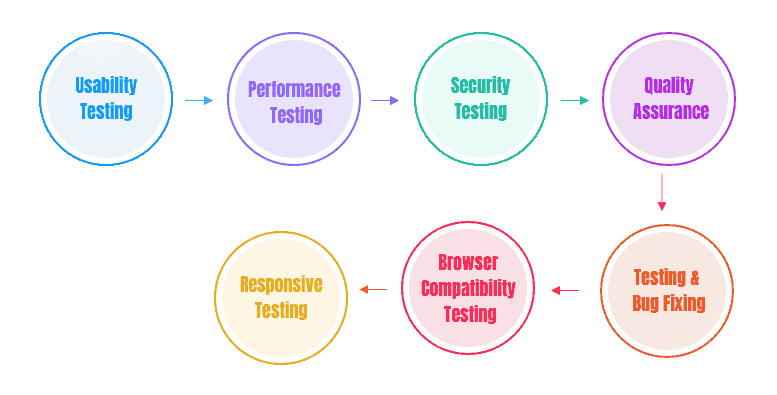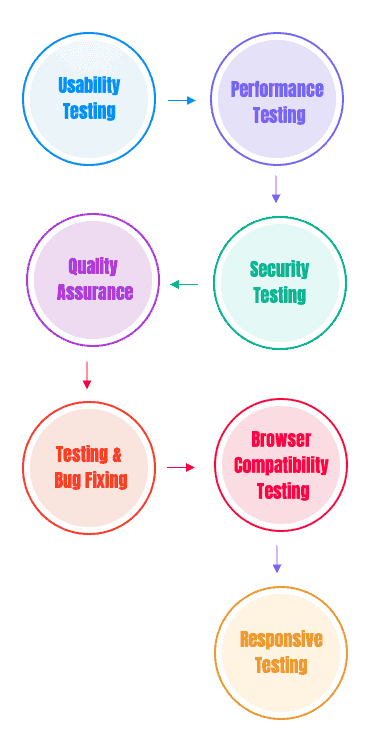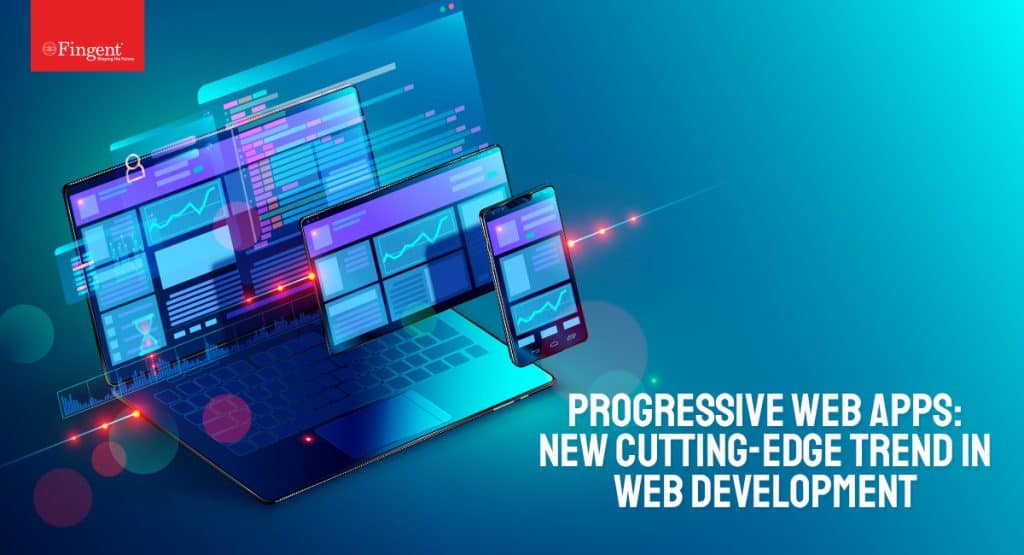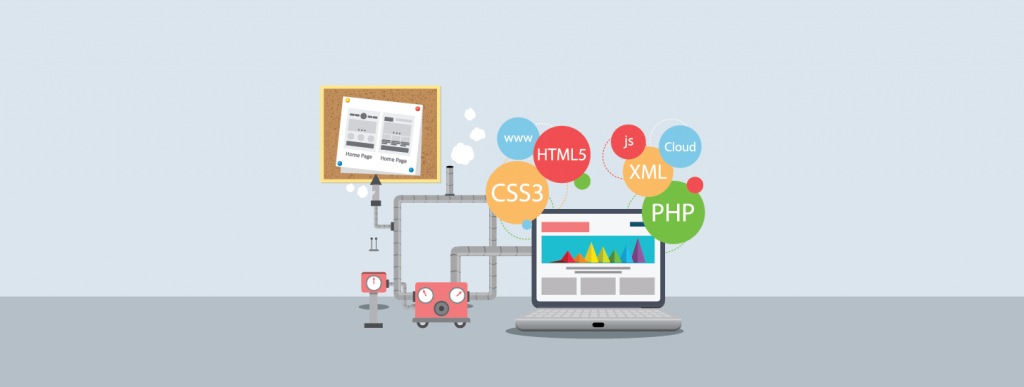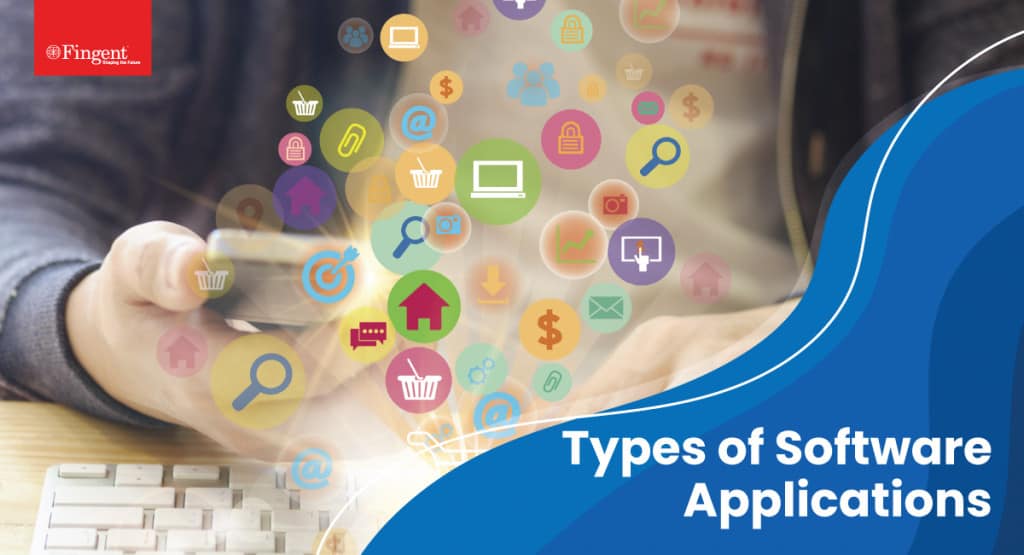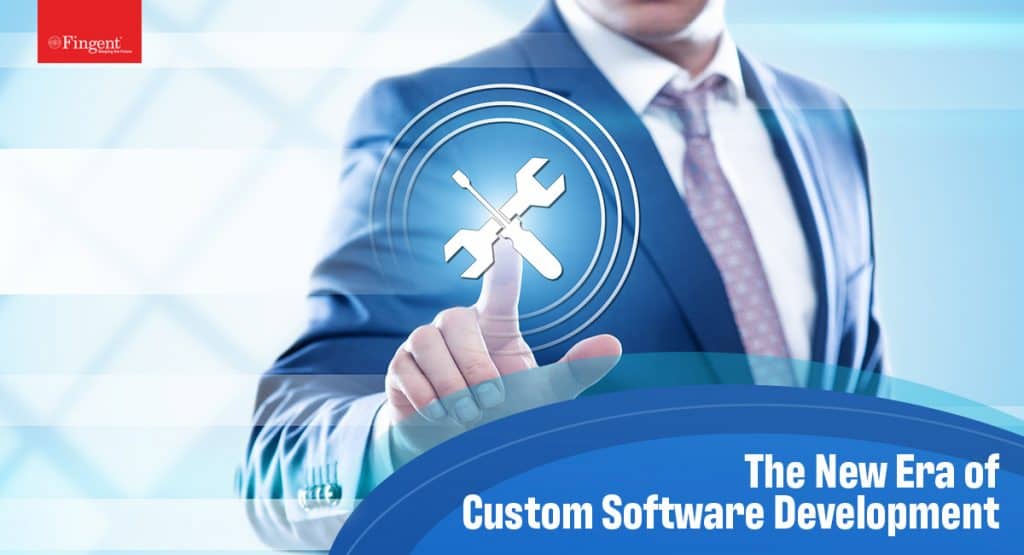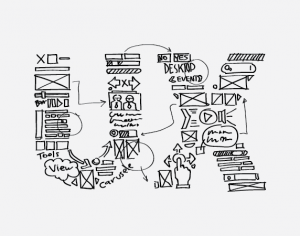Organizations are enhancing their competitiveness by prioritizing digital transformation as the global marketplace becomes increasingly crowded and interconnected.
Broadly speaking, the concept of digital transformation involves the systematic evolution of core and auxiliary business processes to take advantage of advances in computing and software systems to increase efficiencies.
However, no digital transformation initiative will be effective unless it involves an app modernization component.
Also referred to as “application modernization,” app modernization enables organizations to transform effectively, increase their competitiveness, and differentiate themselves within their respective industries.
What is App Modernization?
A “legacy” system uses outdated software or computing hardware to deliver important organizational capabilities but cannot interact with other systems or be updated effectively. App modernization is the process of addressing known issues in outdated legacy software. The issues may include:
- Software problems (“bugs”) that cannot be resolved fast enough,
- Missing features will take too long to add,
- Fragile code (changes tend to create new problems),
- Technology obsolescence (e.g., few programmers for the source code language used),
- A software vendor is out of business, etc.
Commercial off-the-shelf software (COTS) may not provide source code access, preventing an organization from addressing software issues. When pursuing app modernization for software for which source code is available, your organization can choose between one of three approaches:
- Revitalizing an application old applications
- Replacing an application technology with custom-built solutions
- Rehosting or re-platforming
Organizations that choose to revitalize old applications will be updating existing software with new capabilities and features. This may also include refactoring (editing the software to do the same things better).
Read more: Why choose custom software over commercial off-the-shelf solutions?

Other companies may elect to get rid of aging technology to replace it with new, custom-built solutions or with a COTS solution.
In some instances, though, to achieve performance improvements, you may just need to move your existing application onto a more powerful computing engine, typically today on a modern, cloud-based infrastructure — a process known as rehosting or re-platforming.
How do you know which is the best app modernization option for your needs?
Particularly old or antiquated legacy technology will need to be replaced, whereas newer solutions might be suitable for repurposing or retrofitting. Rehosting is the most pragmatic approach if an application still meets your business’s needs but is negatively impacted by your current infrastructure.
When updating existing software, your app modernization team will need to rewrite code to add new features to your solutions. While this can be a tedious and time-consuming process, it may be more efficient than rebuilding a new solution from the ground up.
Opting for the more labor-intensive choice of modernizing by replacing legacy systems may provide more substantial long-term benefits altogether, especially if the landscape of your industry has changed significantly since you installed your current technology suite. Proper planning will control how the migration to a new system occurs and to what extent a legacy system needs to be operational during the transition.
In order to determine which approach is most appropriate for your business, you should first consider whether your current application effectively meets your company’s needs. If it doesn’t, you will need to either repurpose or replace your technology, but if it does, a simple rehosting might be the most practical option.
Why You Need It, Especially Today
Application modernization is a core component of digital transformation. If your company’s current applications do not effectively meet its needs or promote efficiency, you will never be able to meet your digital transformation goals. In a 2019 IBM-Forrester survey, 40% of developers reported being more productive when on the cloud in a digital transformation.
Instead, you will always be working from a disadvantage, which could allow your competitors to encroach on your market share within your respective industry.
App modernization will not only enable you to fulfill your digital transformation goals, but it will also empower your business to operate more efficiently, enhancing the customer experience, paving the way for future growth, and boosting revenue.
Read more: Why Top Companies Are Investing in Application Modernization
What to Consider Before App Modernization
You cannot approach app modernization haphazardly, or you could experience significant and potentially prolonged disruptions to your company’s operations.
Remember, app modernization efforts will impact the functionality and performance of your company’s core software solutions, such as your customer relationship management platform and accounting software, so with that in mind, you must gauge the costs of an app modernization initiative.
Identify what goals you want to achieve, plan how long it will take to achieve those objectives, and seek the support of a third-party technology firm that will be able to provide an objective perspective and help you determine which approach to pursue when you start your journey toward app modernization.
Read more: The secrets to a successful app modernization journey.

Knowing Your Options in App Modernization
To decide which of these approaches is most suitable for your business, you must take an objective look at the state of your technology stack. Is the version of all elements of the stack up-to-date? Are frameworks and languages still “main stream?” If your current solutions impede business growth, it is likely time to replace them or, at minimum, rewrite them.
Rehosting can be incorporated into your app modernization strategies in two ways. If you have an application that meets your needs, you can simply migrate the app from a native architecture to a cloud-based one. Additionally, you can incorporate rehosting into your rip-and-replace or rewrite app modernization process, as transitioning to the cloud will improve the performance of any application.
Steps to Kickstart Your App Modernization Journey
The entire process can feel daunting and overwhelming when you are at the precipice of your app modernization journey. Still, you can jump-start your digital transformation and app modernization efforts through the following techniques:
1. Finding Your Why
First off, outline why you want to modernize your applications. Defining your “why” will help you and your team stay focused once your modernization journey is underway.
2. Assess Your Talent
Take an objective look at your in-house team and its capabilities. Are they going to be able to oversee your app modernization effectively? If not, it might be time to bring in some outside resources.
3. Decide Whether You Want to Move to the Cloud
Suppose you have invested heavily in on-premises resources in the past; in that case, it might be tough to move on from these assets and transition to the cloud. But making the switch will benefit your business both now and in the long run, so you should at least consider the notion.
4. Assess Risk and Act
Finally, you need to assess the risks associated with each app modernization option. Outline the benefits of rewriting your current applications, replacing them altogether, and migrating to the cloud. Once you have calculated the costs of app modernization, choose the option that best aligns with your needs and take action.
How Fingent Can Help in Successful App Modernization
Leveraging app modernization to enhance the efficacy of your digital transformation effort is a huge undertaking. Fortunately, you don’t have to navigate this process alone, as you can partner with a talented software development team like that of Fingent.
Fingent’s team of experts can help you apply the latest technologies to your business, including cloud-native solutions, artificial intelligence tools, and machine learning software.
Contact us today to learn more about how we can assist with your app modernization efforts.

















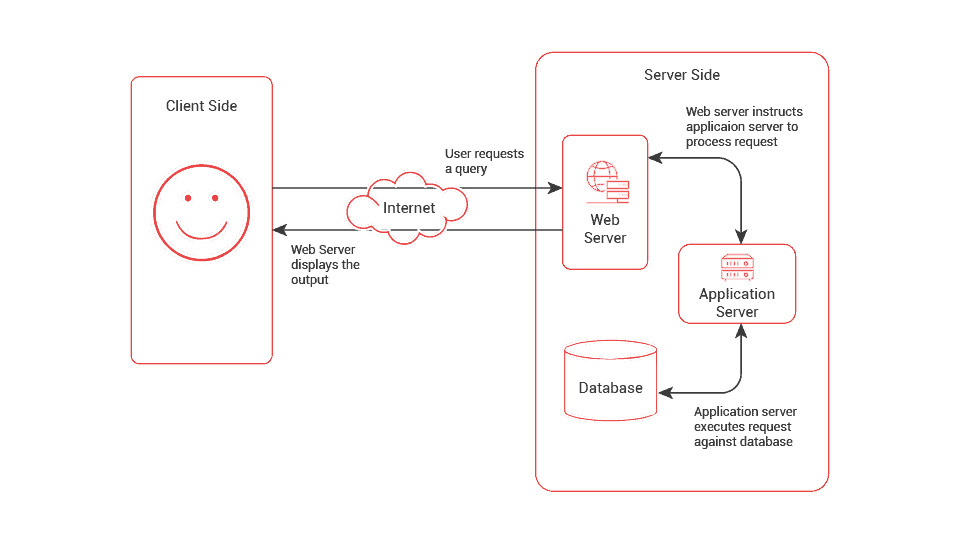
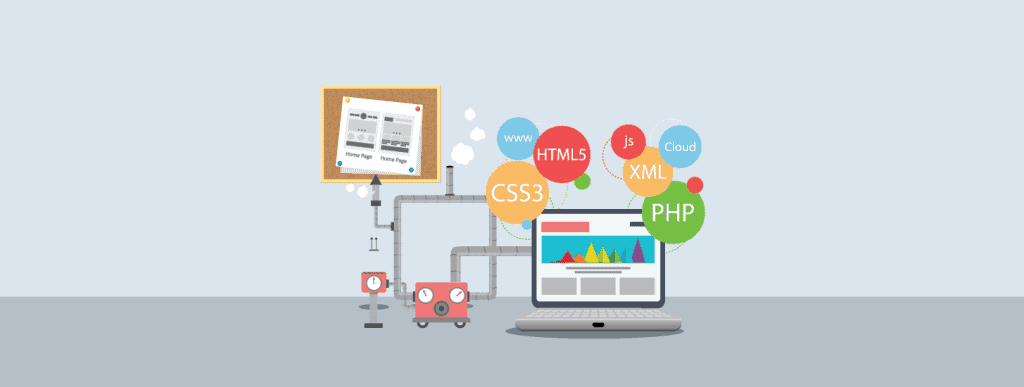
 Static Web Application
Static Web Application Dynamic Web Application
Dynamic Web Application eCommerce Web Application
eCommerce Web Application CMS Web Apps
CMS Web Apps Portal Web Application
Portal Web Application Single-Page Application
Single-Page Application Multi-Page Application
Multi-Page Application Rich-Internet Web Applications
Rich-Internet Web Applications Progressive Web Apps
Progressive Web Apps






